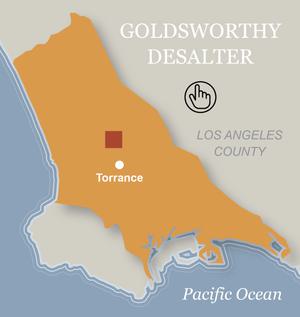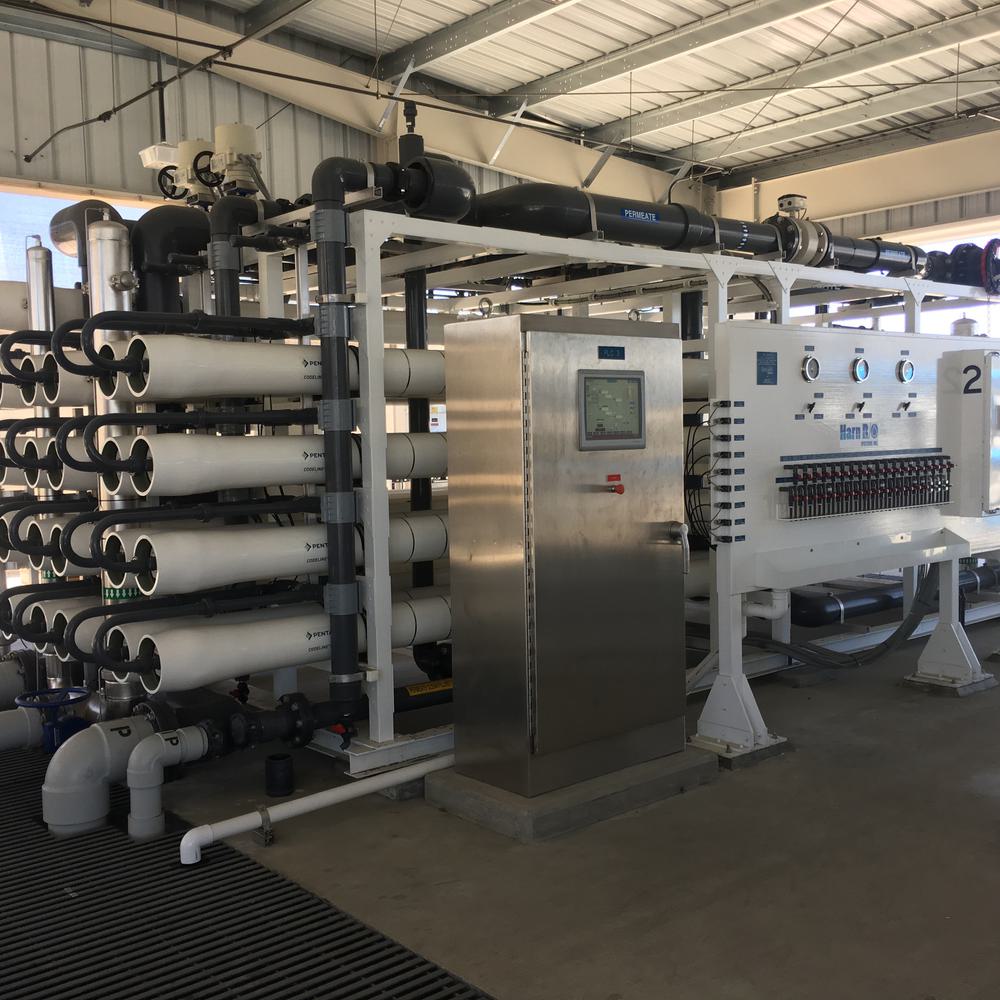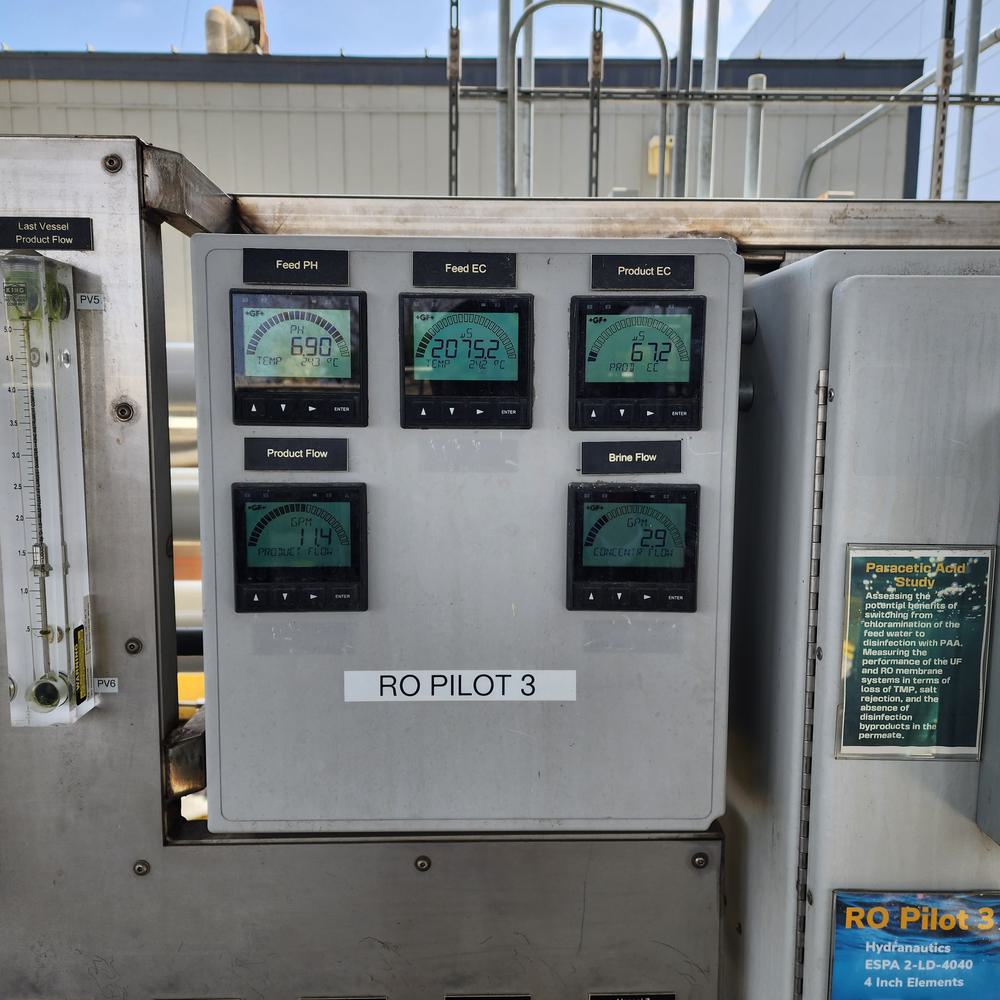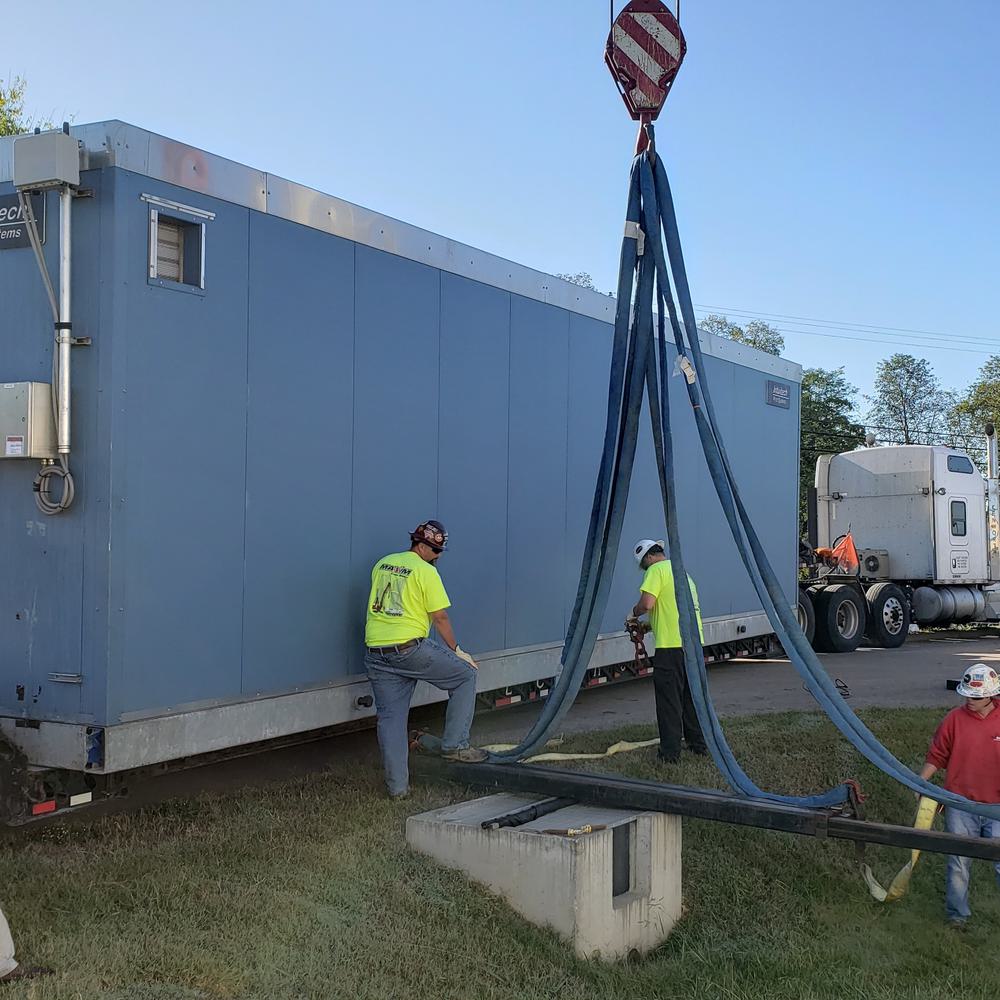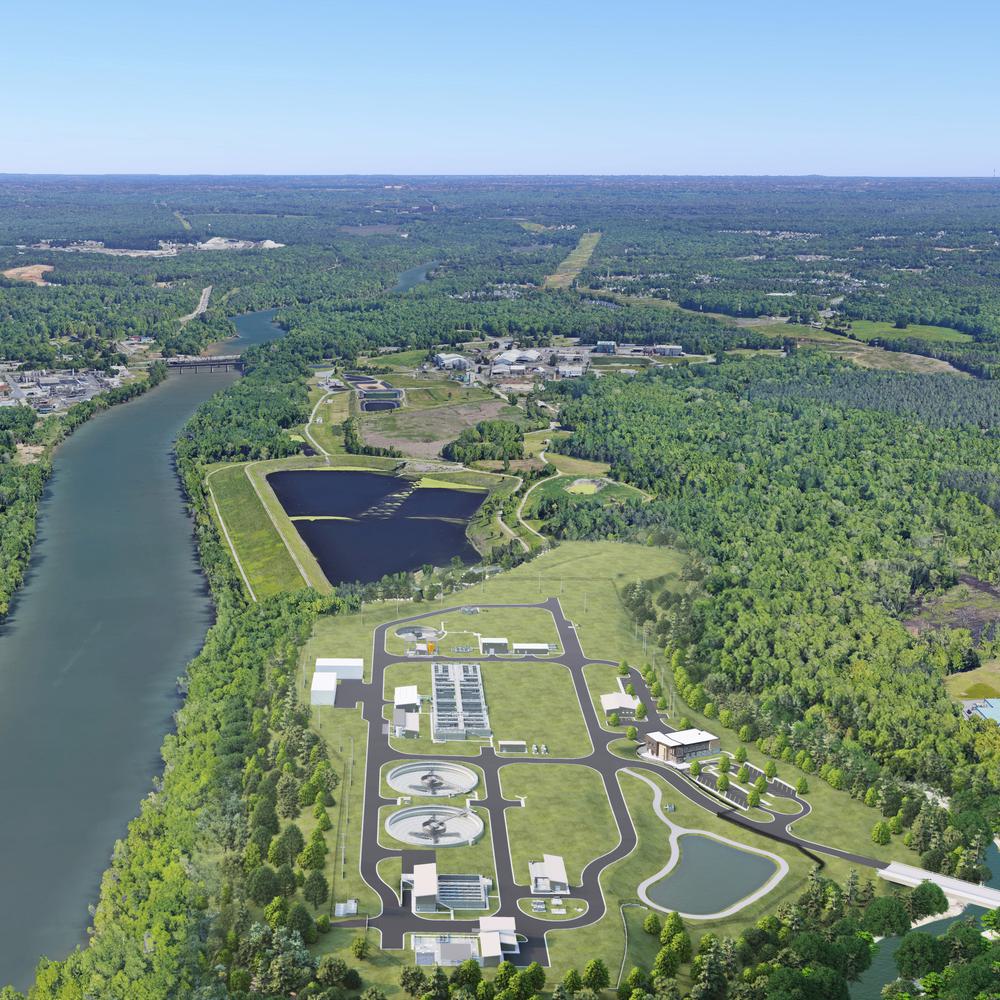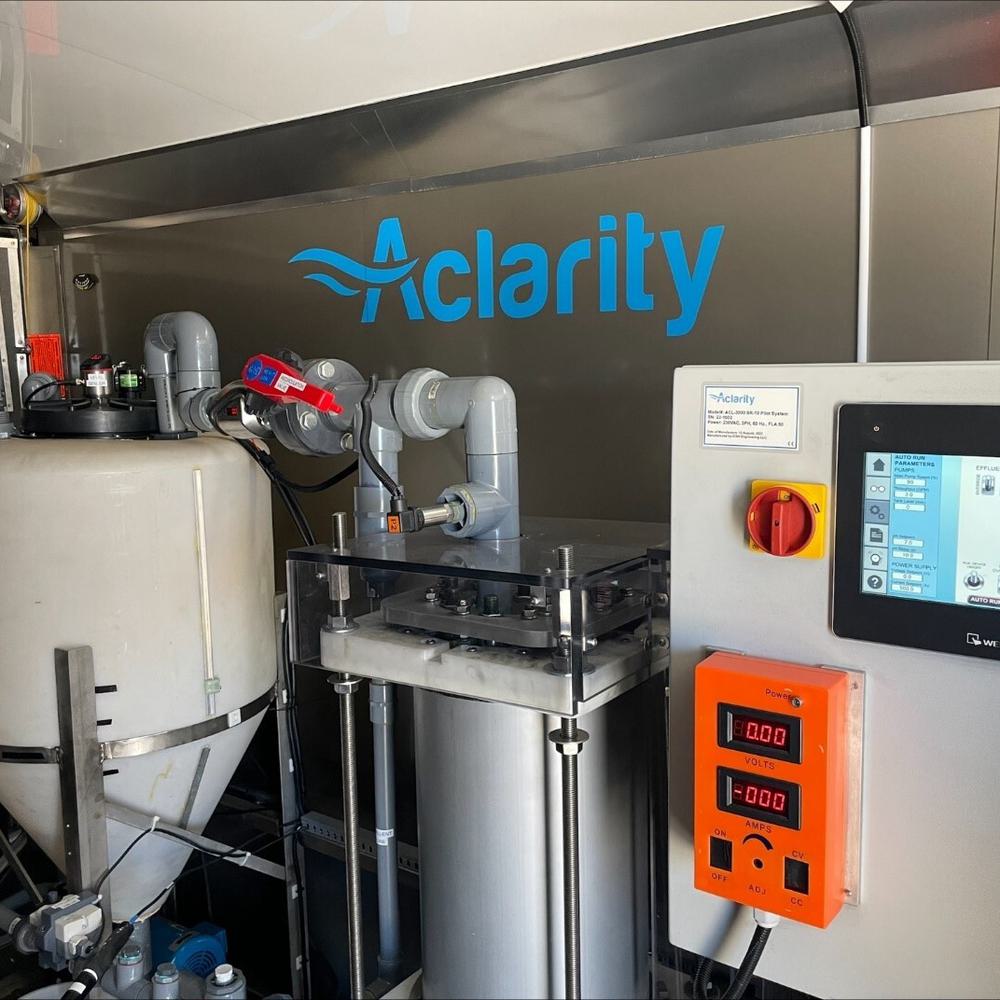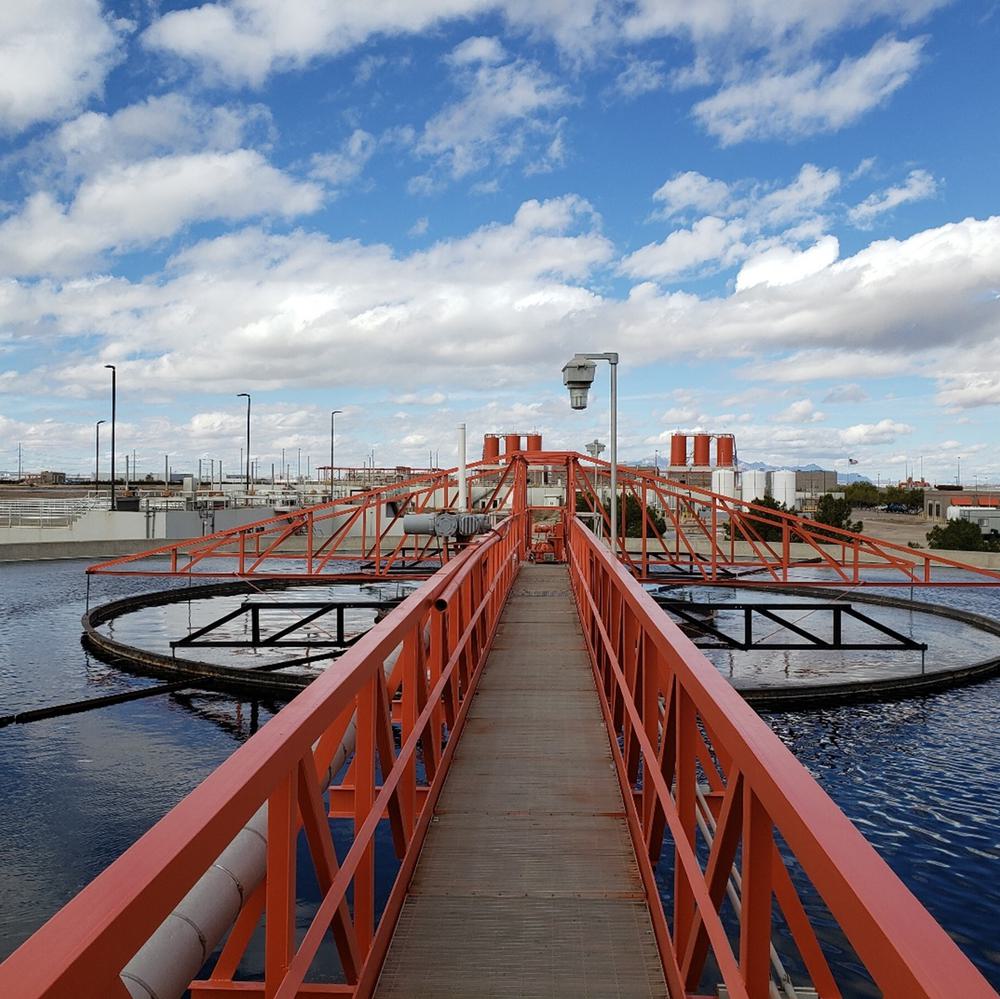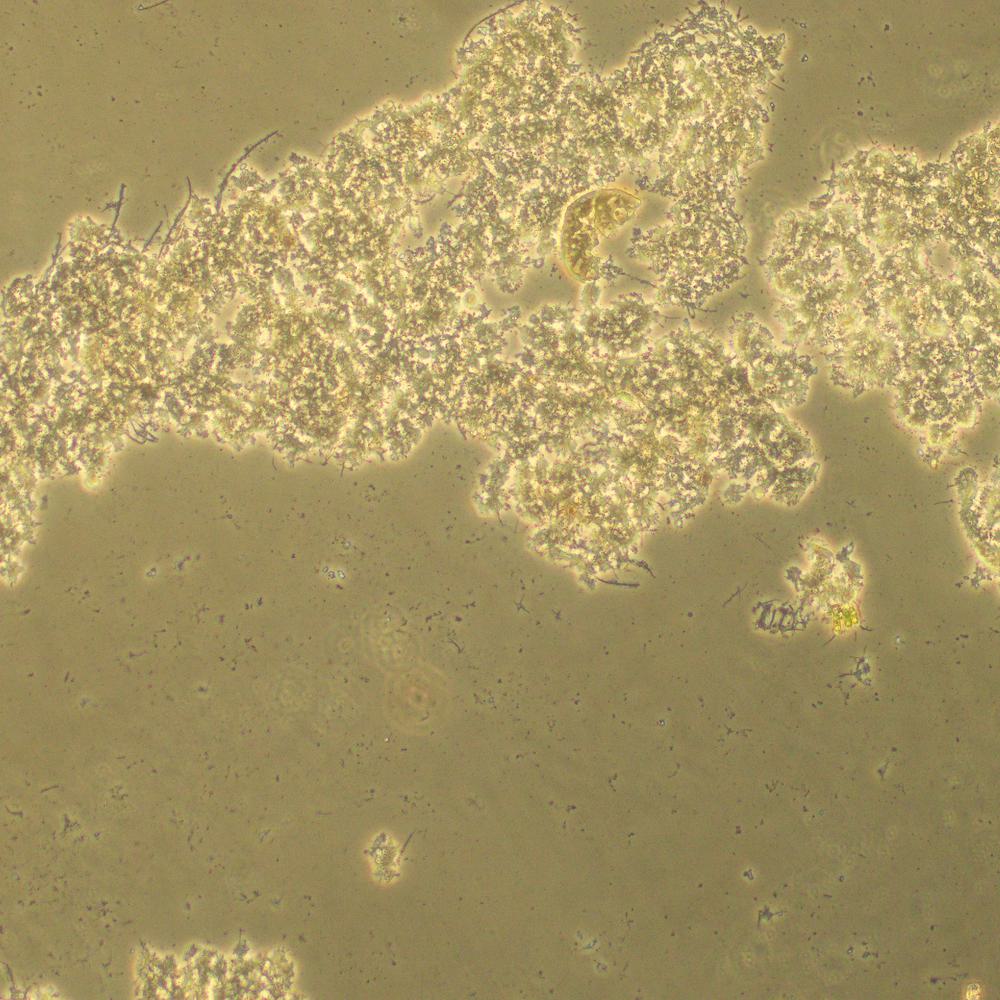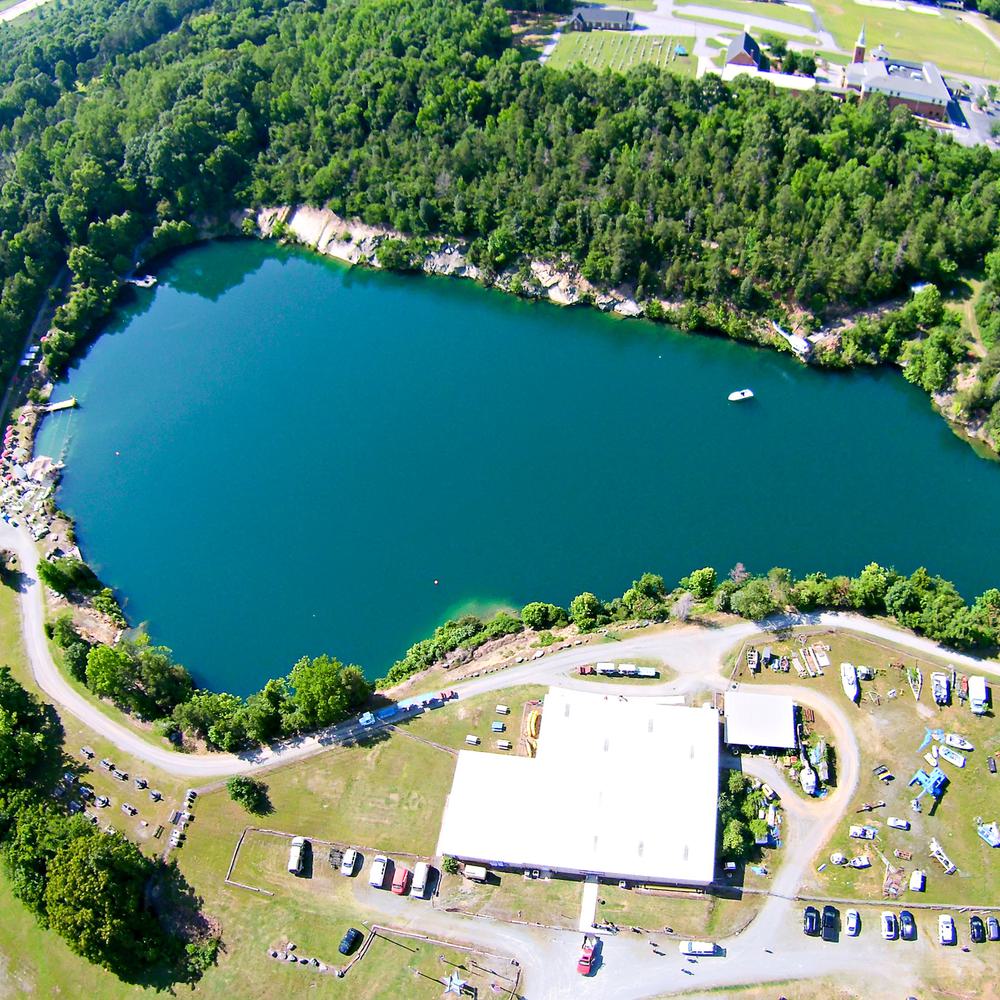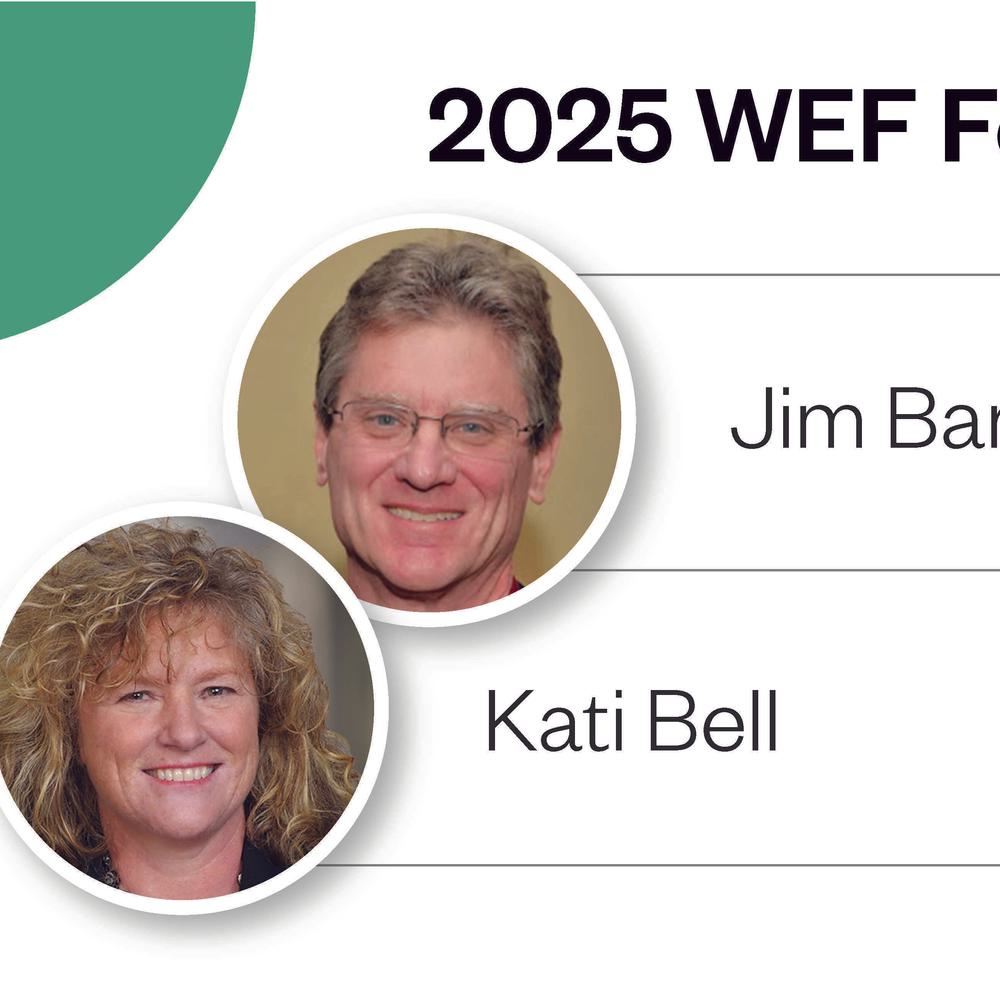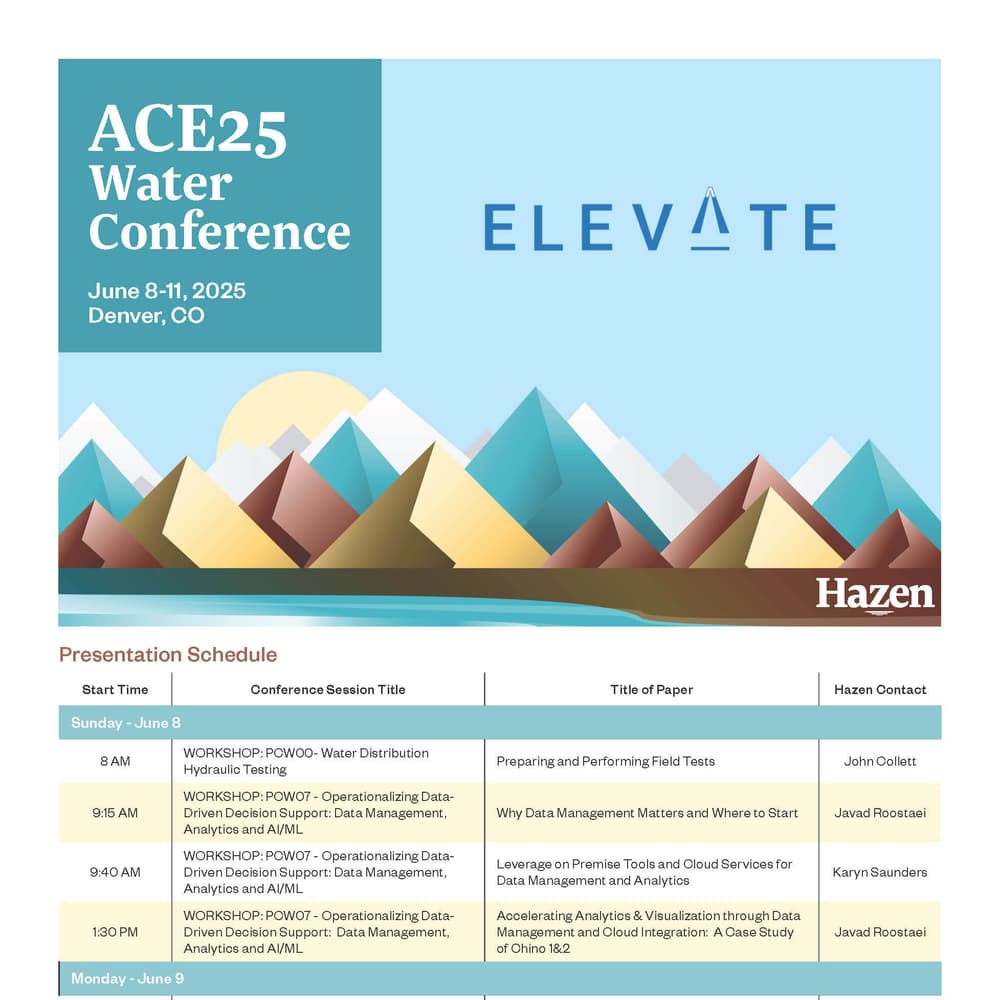Nanofiltration Could Be Much Better at Tackling Heavy Organics Than We Thought
An unconventional pilot for a California groundwater agency successfully used nanofiltration to remove heavy organic contaminants from the water—and better protect downstream reverse osmosis equipment.
The groundwater being pumped into the Robert W. Goldsworthy Desalter is so thick with organic material that the water treatment plant usually has to clean its reverse osmosis (RO) membranes every three to four weeks. But a Hazen-led pilot for the Desalter, which is run by Los Angeles County’s Water Replenishment District (WRD), roughly doubled the time between cleanings. At the same time, it boosted the amount of water the RO could recover from about 70%—a typical recovery rate at the Desalter—to 85%.
The key was using nanofiltration (NF) as pretreatment before the RO, focusing the NF on removing the heavy organics and the RO on removing the remaining salts.
That’s not a typical application for nanofiltration membranes. But Hazen Membrane Technology Leader Rich Franks, who led the project, said that based on the pilot’s success, that unconventional setup could be useful for municipal and industrial facilities dealing with a lot of organic matter in their source water, particularly if they’re looking to protect an RO system.
Related Topics:
Nanofiltration is similar to reverse osmosis (RO) but uses larger pore membranes which require less pressure than RO uses.
“It allowed the downstream RO to perform much better than the existing ROs that treat the water directly,” Franks said. “So they were able to run the pilot RO at a more aggressive flow and aggressive recovery and still extend the life of the RO system out from about three to four weeks to eight to 10 weeks.”
An Unusual Source Water
The Goldsworthy Desalter sits in Torrance, California, atop a plume of groundwater that has high levels of salt as well as organic matter. The cause of the salinity is well known: Between the mid-1800s and mid-1900s, explosive population growth in the region led to groundwater overpumping. Freshwater wells along the coast began pulling up saltwater in the early 1900s—a sign that the water table had dipped so low, the ground was pulling in seawater.

By the time the Water Replenishment District (WRD) was formed in 1959, the seawater intrusion had spread inland into the West Coast Basin, one of the region’s main aquifers. WRD halted the intrusion by installing a barrier of freshwater wells along the coast. But a 14-square-mile pocket of brackish water remained trapped behind the barrier.
The heavy organic matter is more of a mystery, and more of a challenge to treat. WRD Senior Engineer Mario Bautista said it’s a dark, waxy substance that resembles kerogen, a precursor to petroleum. As soon as the plant opened in the early 2000s, he said, its RO membranes began fouling quickly because of that organic material.
Above: Torrance, California (above), where the Goldsworthy Desalter is located, is one of 43 cities in the Water Replenishment District’s sprawling 420-square-mile service area.
“I think a regular inland desalter could go six months to a year without having to do a major clean,” Bautista said. At the Goldsworthy Desalter, “by comparison, we’re having to do some form of a clean every three weeks to a month. So we’re significantly stepped down from what’s typical.”
Because of those fouling issues, the current plant—designed to treat five million gallons per day (mgd)—can really only handle about 3.6 mgd. WRD also plans to add another five mgd of treatment capacity to the plant in an upcoming expansion. The utility wanted to see if there might be a more cost-effective treatment option to boost both its current and future capacity.

An Unusual Nanofiltration Pilot
Hazen used small initial tests to help WRD choose two pretreatment options for a six-month pilot: granular activated carbon (GAC) followed by RO, and NF followed by RO. The latter—which Hazen expected to be the better option—was unusual not just because of its use of NF as a pretreatment for RO, but because of the NF material itself.
NF and RO both clean water by forcing it through tiny pores in tightly wound membranes, in the opposite direction that osmosis naturally happens. The main difference between the two lies in the pore sizes of each, which control what kinds of salts they can reject. RO membranes, which have smaller pores, hold back just about all salts as well as organics. NF membranes have bigger (but still tiny) pores and usually reject most organics but only some salts, allowing other salts to pass through.
But the pores in the NF used for the pilot are big enough that the NF system “essentially allows all the salt to pass through,” said Franks. “And you might say, why do you have it if you’re allowing all of the salt to pass through?"
Above: The pilot’s nanofiltration unit (left) was connected to one of two reverse osmosis units housed in the trailer (right).
Franks said that the robust material of the NF membrane also allowed the pilot team to clean it more aggressively.
Above: The team began seeing heavy organic matter break through the pilot’s granular activated carbon (GAC) vessels, above, within roughly a month and a half. The nanofiltration (NF) system proved much more resilient.
Longer, Stronger RO Performance
Both of the pilot’s treatment systems were set up less than a fourth of a mile from the Desalter and began running in May 2024. Hazen’s Mario Gonzalez, who worked with Franks on the pilot, said the GAC system didn’t last long, maybe a month and a half, before the heavy organic matter in the groundwater started breaking through it. At that rate of breakthrough, Gonzalez explained, you’d be changing the GAC almost constantly.
“It wasn’t a cost-effective solution,” he said.
But although the organic breakthrough in the GAC unit began to increase, it stayed roughly the same in the NF unit and even declined for a while—which meant the NF system was doing a better job of shielding downstream RO equipment from organics.
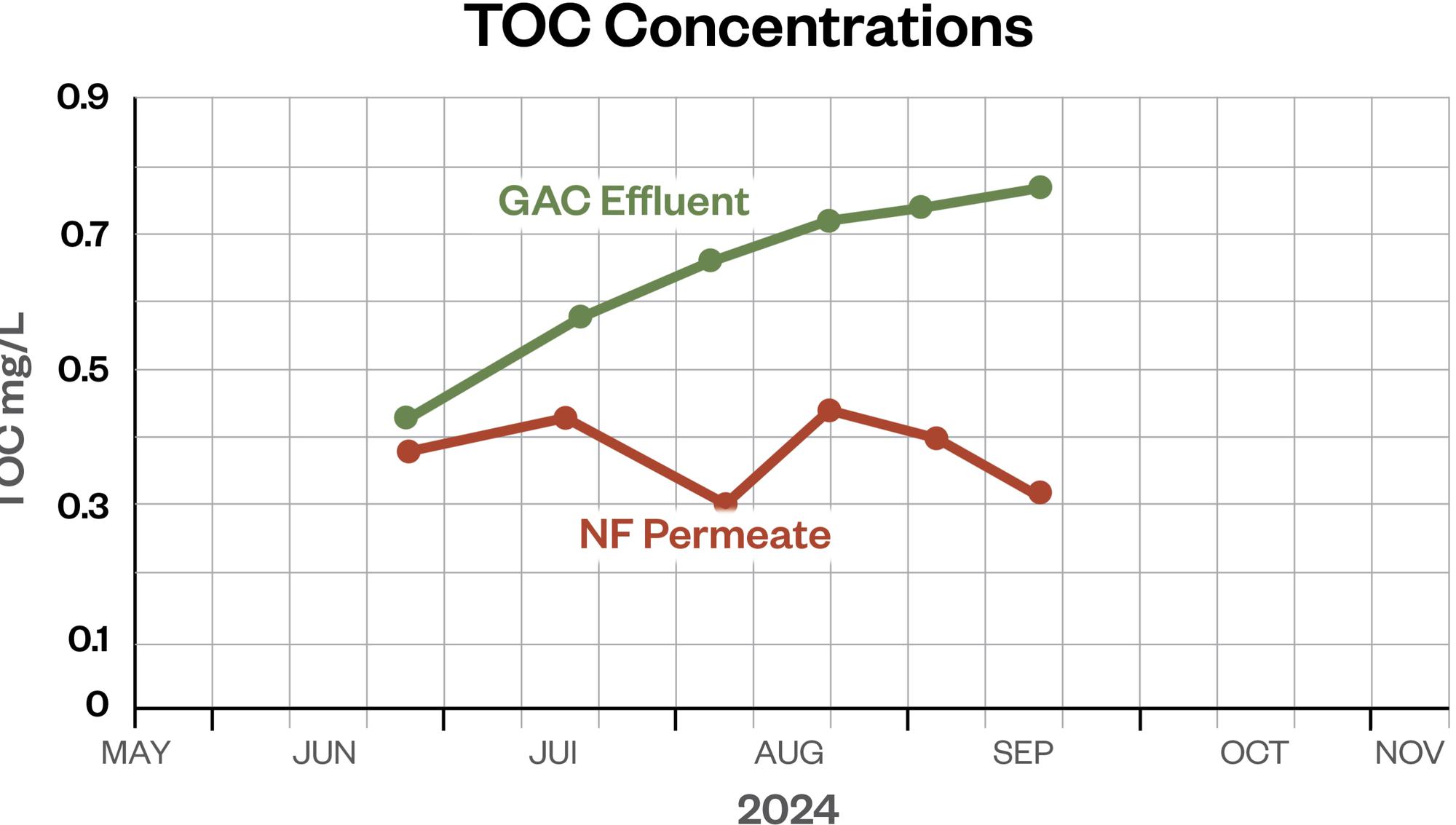
As the amount of organic material (represented by total organic carbon, or TOC) breaking through the pilot’s GAC system increased (green line), organic breakthrough in the NF system held steady and even declined for a while (red line). That means NF did a better job than the GAC of protecting downstream RO equipment from organics.
Gonzalez also said that while the organic material caked quickly on the NF membrane, the membrane tolerated frequent cleaning a lot better than what you might expect from a typical NF system.
“What I was surprised by on this nanofilter is how it bounced back and how we didn’t see a whole lot of deterioration,” he said.
Gonzalez calculated how long it would take the feed pressure on the membrane to double. (Lower feed pressure means the system is working more efficiently, because it takes less energy to force the water through the membrane.) Gonzalez estimated that if WRD only used a generic cleaning solution on the NF membrane, it would take about two years for the feed pressure to double. With a proprietary solution, feed pressure would likely take three to four years to double.
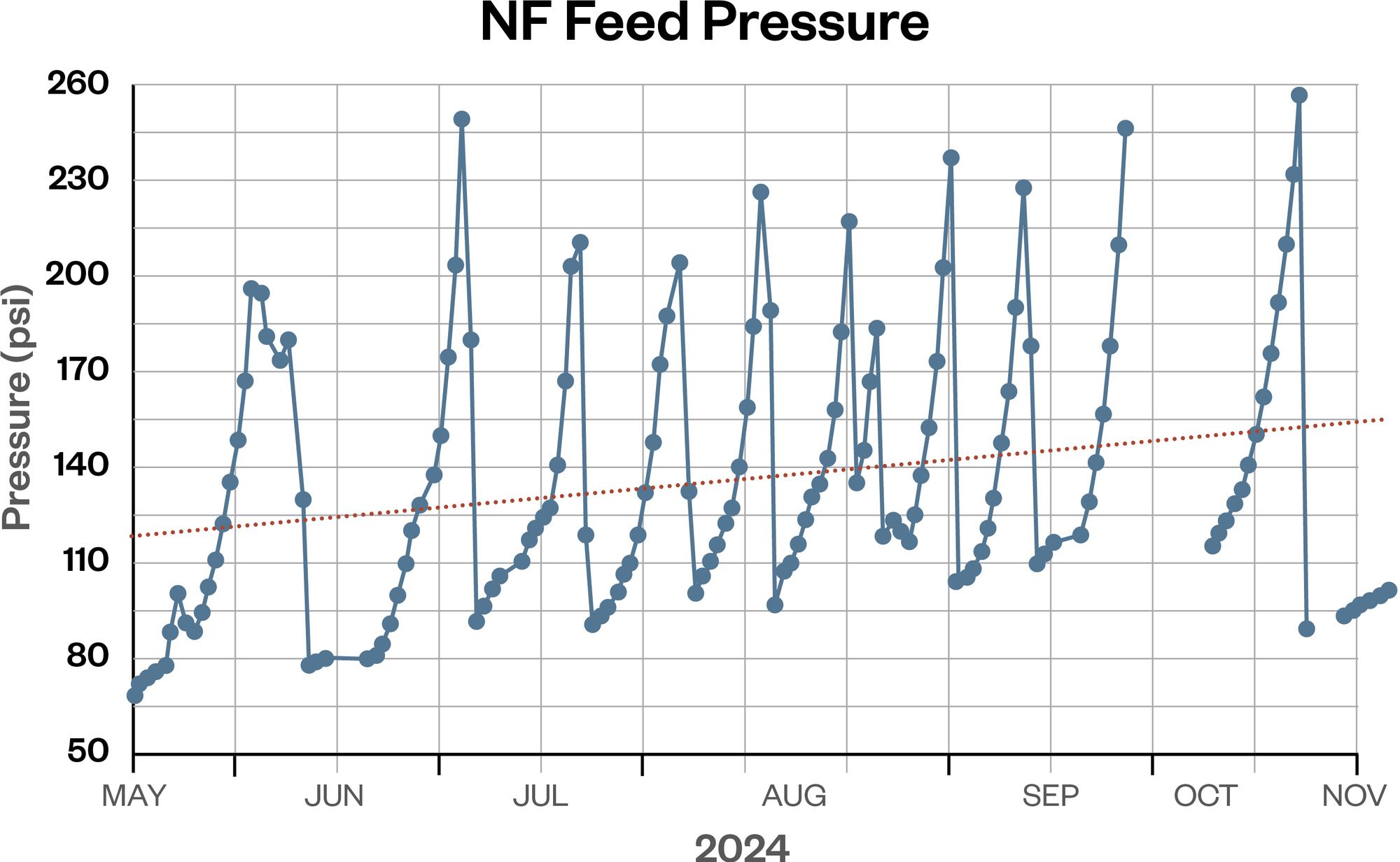
The nanofiltration membrane tolerated frequent cleaning, as shown above. Each time organic matter building up on the membrane surface was cleaned off, the pressure (and thus energy) required to push water through it dropped sharply. As the membrane quality degraded, the pressure began dropping less—meaning the cleanings weren’t as effective. But Hazen’s Mario Gonzalez said it degraded more slowly than he expected it to.
Franks said the resiliency of the NF system to both high levels of organic material and frequent, aggressive cleaning meant the downstream RO did not have to work as hard and could go longer.
“It’s just understood that the more you clean, the shorter the life of the membranes,” Franks said. “It was only a 6-month pilot, but you could estimate that it would double or triple the life of the RO membranes by not having to clean them so frequently.”
Broader Potential
WRD ultimately decided to stick with just RO for the expansion. It was still a bit more cost-effective for their setup. But Franks said that based on the strong performance of the NF and RO pilot, that setup could be useful for other facilities—municipal or industrial—that are dealing with heavy organic contaminants, especially those looking for ways to protect expensive RO systems.
Hazen’s Bob Weinschrott agrees.
Weinschrott leads the firm’s industrial water group and says he could see “multiple potential applications” for using NF ahead of RO. But he emphasized that they’re potential, and said more research would be needed.
Mario Bautista said that WRD, for its part, was happy with how the pilot went. It gave them more useful data on their groundwater, and confidence that they were choosing the most cost-effective solution for their own customers. Plus, they found a setup that could be useful for others.
“If you tweak some of the variables—maybe that’s the situation for another agency—then it becomes potentially a preferred option,” Bautista said. “I think it’s an interesting find,” he added. “It was useful for us, but hopefully it’s implementable with some other agencies in the future. I think there’s definitely an opportunity for that.”
